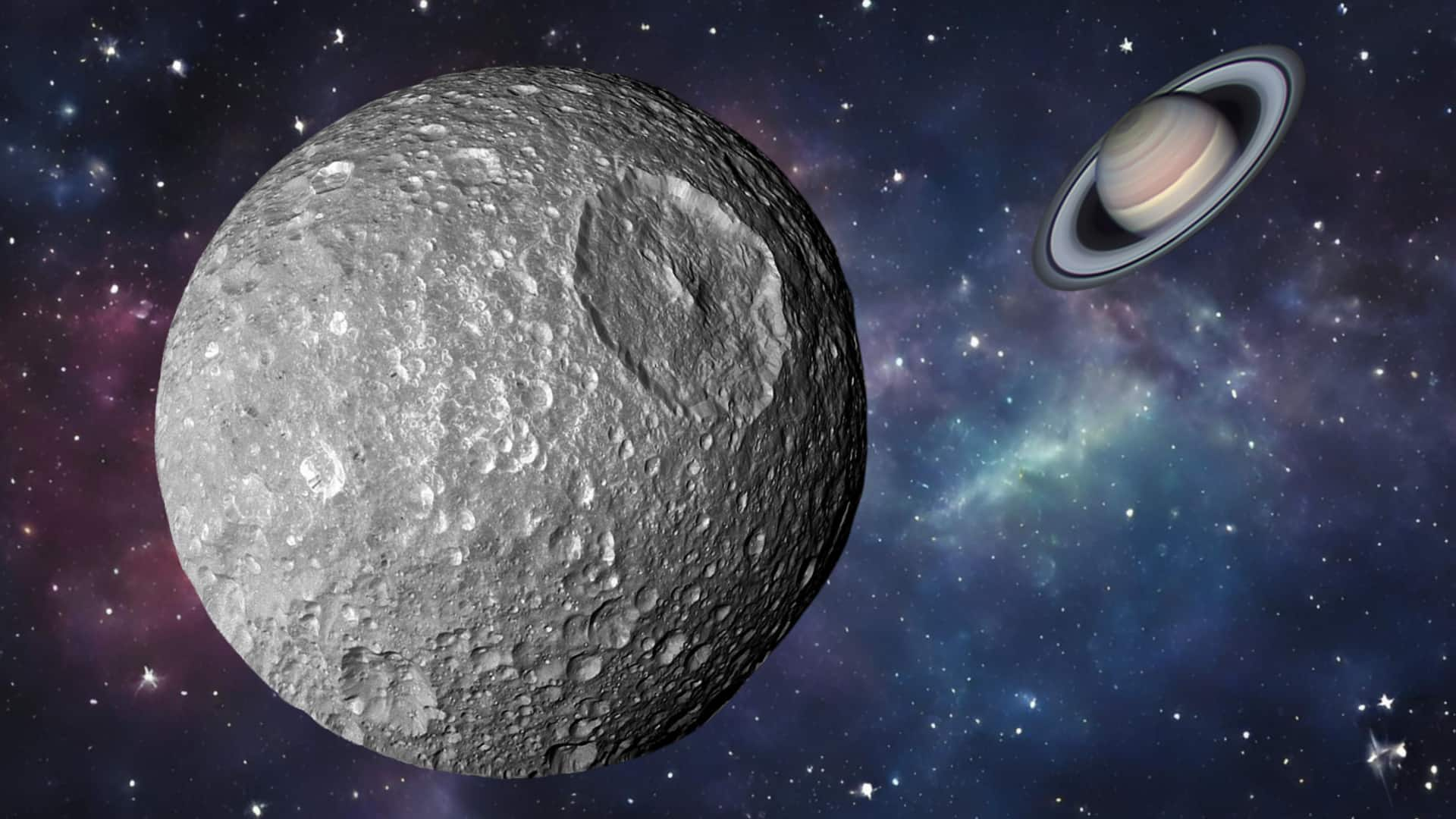
Moon, Saturn coming together in night sky: How to watch
What's the story
On Monday evening, skywatchers will get a chance to witness the ringed planet Saturn in all its glory. The event will be made even more special by the presence of our celestial neighbor, the Moon, which will be in its waning gibbous phase. This unique alignment is sure to offer a spectacular view for anyone with access to a telescope.
Celestial alignment
Saturn's appearance and visibility
Unlike the bright brilliance of Venus or Jupiter, Saturn appears as a bright "star" with a yellowish-white hue. The Moon will be positioned to the upper right of Saturn on Monday night, making it easier for observers to spot this distant planet. The best time to view them would be around 10:30pm local time (US) when they will be visible low on the eastern horizon.
Observation guide
Moon's illumination and viewing tips
On Monday night, the Moon will be about 89% illuminated, just shy of full. This will provide better contrast along the terminator, where craters cast long shadows and reveal the Moon's rugged terrain in stunning detail. After observing the Moon, viewers should turn their telescopes toward Saturn which will be located about five degrees (roughly "half a fist" at arm's length) to its lower left.
Viewing Saturn
Telescope recommendations for optimal viewing experience
Any telescope with 30x magnification will reveal Saturn's rings, which are currently tilted about three degrees toward Earth. However, it's best to avoid maximum magnification as it can amplify atmospheric turbulence and make the image shimmer or blur. Instead, moderate magnification is recommended based on the size of your telescope: 75x for a three-inch scope, 150x for a six-inch scope, and 250x for a 10-inch scope.
Cosmic perspective
Understanding the vast distances involved
It's important to note that the Moon and Saturn aren't actually close in space. The Moon will be 370,148km away from Earth while Saturn is over 3,500 times farther at a whopping 1.31 billion km.